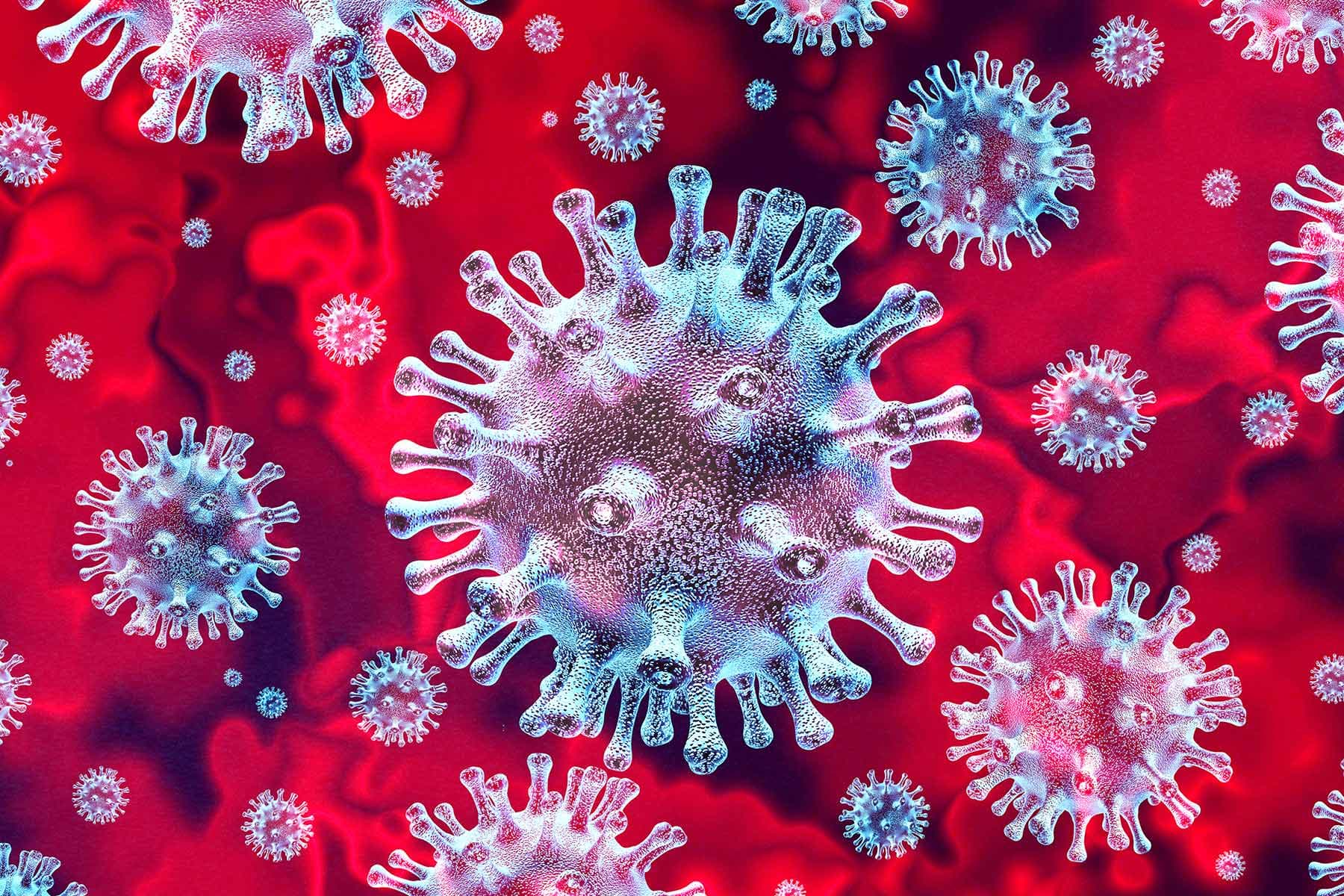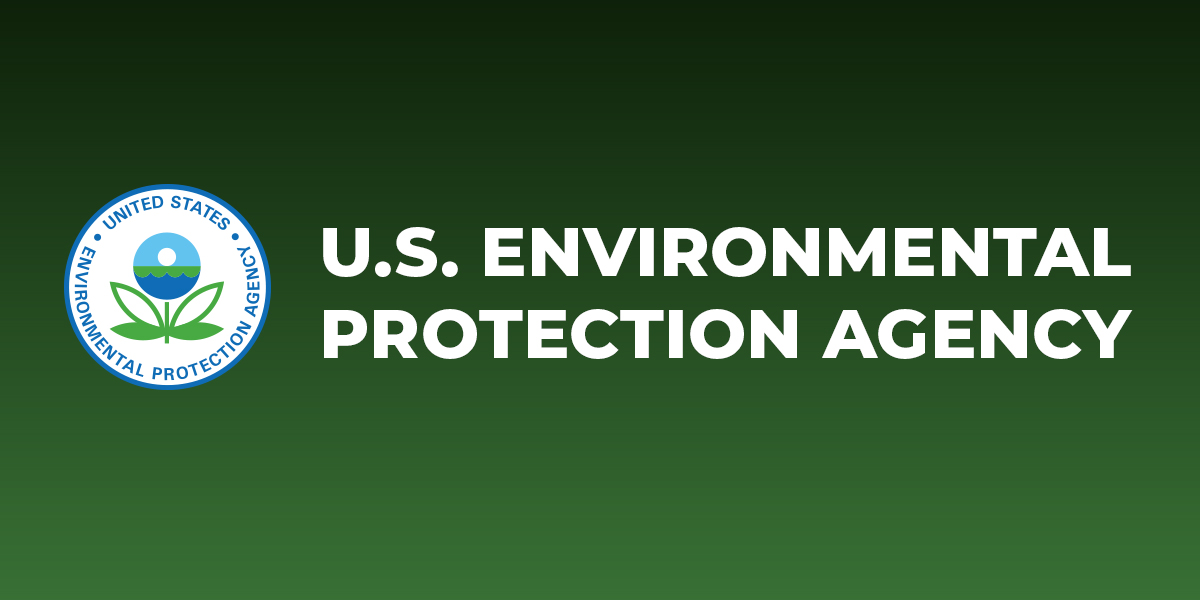Q
Queenie60
Guest
God Bless you Karl. I will pray for your continued healing.Just got out of the hospital a few hours ago went in sat. Was not corvid... im ok. more later.
hugs to all ....wuvs yas all.
God Bless you Karl. I will pray for your continued healing.Just got out of the hospital a few hours ago went in sat. Was not corvid... im ok. more later.
hugs to all ....wuvs yas all.
Just got out of the hospital a few hours ago went in sat. Was not corvid... im ok. more later.
hugs to all ....wuvs yas all.

The Road Ahead With COVID-19
By Brenda Goodman, MA

April 21, 2020 -- Are we there yet? As Americans have spent weeks at home, growing shaggy -- and glassy-eyed, staring at screens -- no question is more pressing to our health and economic well-being: Can we come out now?
Within the next few weeks, many cities and states will deem it safe enough to lift stay-at-home orders. People will once again be able to return to some normal activities.
But for the next few years, life will not look the way we remember. We’ll talk to each other behind sheets of Plexiglas, behind face masks, with well-scrubbed hands that carry the astringent smell of hand sanitizer. We’ll continue to walk and work 6 feet apart. Meetings will be Zoomed. This summer will go on more quietly than usual, without the roar of crowds in stadiums, or at concerts.
Coronavirus in Context: Why We Truly Need to Practice Physical Distancing
Today’s episode of Coronavirus in Context dives into what social distancing is, how long we should practice this public health protocol, and its benefits.
ABOUT
Some states have already begun this process, often before they met criteria outlined in new national guidelines the White House releasedlast week.
Those guidelines advise states to wait to ease restrictions until they’ve seen a downward trend of COVID-19 cases for 2 weeks and have enough hospital capacity to treat patients without crisis care.
In South Carolina, Gov. Henry McMaster said cities could reopen public beaches, and he relaxed restrictions on some retailers, allowing many to reopen as long as they limit the number of customers that can be in a store at any given time. He stopped short of reopening businesses where close contact is unavoidable, like hair and nail salons and gyms.
Across the border in Georgia, Gov. Brian Kemp went even further, giving barbershops, bowling alleys, nail salons, tattoo parlors, and fitness centers the green light to open their doors again by the end of the week, provided they monitor workers for illness and take other precautions. He also said elective surgeries could resume. Restaurants could reopen a few days later, provided they also follow social distancing guidelines.
Other states have taken a different approach. On April 14, Gov. Gavin Newsom outlined a six-point plan for how he would weigh the decision to lift stay-at-home orders in California, which is flattening the curve of its COVID-19 infections. Newsom said he said he wouldn’t even begin to consider a timeline to restart until the state had increased testing, shored up its public health system and hospitals, and had carefully studied the available data. He declined to discuss timing until at least the first week of May.
“Let’s not make the mistake of pulling the plug too early as much as we all want to,” Newsom said at a news conference.
He did fill in a few details. There will be no crowded events in California for the foreseeable future.
“Large-scale events that bring in hundreds, thousands, tens of thousands of strangers is not in the cards, based on our current guidelines and current expectations,” Newsom said.
That could change if doctors find an effective treatment or a vaccine.
He said officials were also thinking about how kids might return to school in the fall safely. Newsom said they were thinking about staggering student arrivals so some would come in the morning, others in the afternoon. They were also rethinking how to serve food to a large group of kids and do P.E. They’re thinking about how to clean schools -- “massive deep cleaning,” he said. All of those details would be forthcoming, Newsom promised, “for reintroducing a semblance of normalcy, which is I recognize is anything but in the short run.”
Pulling the plug too early, with many infections undetected in the community, could mean a spike in cases, the possibility of overwhelming hospitals, more economic pain, and preventable deaths.
“This virus is not going anywhere,” said John Lynch, MD, an infectious disease specialist and associate medical director at Harborview Medical Center in Seattle. “There’s a distinct risk that we will just bump straight back up and see a brisk increase in infections, and we have to be able to respond to that,” he said at a recent news conference sponsored by the Infectious Diseases Society of America.
The Rough Road Ahead
Infectious disease experts estimate that between 50% and 66% of Americans will need to have protective antibodies against the virus before life might once again look the way we remember. Fifty to 66% is the range that may provide all-important herd immunity, so the virus doesn’t spread through the population, infecting vulnerable people. The safest way to reach that level of immunity is with a vaccine, which is still months and perhaps years away.
Until a vaccine is available, communities will be traveling a difficult road, says Carlos del Rio, MD, an infectious disease expert at Emory University School of Medicine in Atlanta.
“When you’re driving down a difficult road, sometimes you accelerate and sometimes you have to hit the brakes in order not to crash,” he says.
“There’s going to be a back-and-forth happening, and for that, you’re going to need a lot of good data, a lot of good surveillance. That’s why I say testing is critically important, because you’re going to have to have testing data to make those decisions,” del Rio says.
As states reopen, they will need to closely monitor what happens to infections in their communities to stem the spread of new infections. That’s a public health strategy called containment. Containment of infectious disease relies on the ability to do three things: test, trace, and isolate. That means lots of testing to know who is sick; contact tracing, so that you can track, inform, and quarantine everyone exposed; and finally, you need to be able to isolate contagious people to keep them from infecting others.
In many communities, these key capabilities are not yet in place.
Moving back to containment also means people will have to accept more responsibility for their own health by making sure to wear face masks, wash their hands often, and stay home when sick.
‘Massive Amounts’ of Testing Still Needed
In order to have enough data, experts say, we’ll need to be testing people on a scale not yet seen in this country.
“We’ve never stuck swabs up people’s noses at the volume that we’re talking about,” says del Rio.

Coronavirus in Context: Immunology Expert Discusses Testing, Antibodies, and More
An immunology expert describes various tests for coronavirus, whether we’re immune to COVID-19 after infection, and more.
ABOUT
For example, in the week ending April 13, the U.S. tested about 1 million people, or 0.3% of the population. In order to catch new infections and tamp them down, experts estimate we will need to perform at least three times that many tests. A range of testing estimates gathered by the Kaiser Family Foundation suggests the U.S. will need to test between 3 million and 161 million people each week to manage the epidemic.
“We need to have massive amounts of testing,” says Rochelle Walensky, MD, chief of infectious diseases at Massachusetts General Hospital in Boston.
She says that as the U.S. goes back to work, we’ll need to test anybody with any symptoms at all. We’ll also need to be testing certain people regularly, even if they don’t have symptoms, such as people living in group homes and long-term care facilities, where the risk of spread is great.
“We should probably be testing teachers once a week when the kids are back in school. We should be testing restaurant workers once a week and subway workers once a week. Those people have frequent contact with many people, and we can’t afford to be wrong,” Walensky says.
Vice President Mike Pence recently told NBC’s Chuck Todd that the U.S. has enough testing capacity for any state to start to lift stay-at-home orders.
Maryland’s governor, Larry Hogan, disagrees. Frustrated by the shortage of tests in his state, the governor, a Republican, recently negotiated with South Korea to purchase half a million tests. “We can’t open up our states without ramping up testing,” he told The New York Times.
Experts Call for an Army of Contact Tracers
Once an infected person is found, public health departments will have to pick up the careful and time-consuming work of finding and notifying each person they could have infected. That’s called contact tracing.
“Contact tracing can prevent a single case from becoming an outbreak, and an outbreak from becoming an epidemic,” says former CDC Director Tom Frieden, MD, who is now president and chief executive officer at the nonprofit Resolve to Save Lives.
U.S. health departments don’t have enough staff to do contact tracing on the scale that will be needed.
China, for example, traced more than 720,000 contacts during its epidemic. For that effort, they used 1,800 contact-tracing teams, which had five members each.
To do something similar here, Frieden believes we might need “an army” of 300,000 trained contact tracers.
The National Association of County and City Health Officials has come up with another estimate. NACCHO says that at a minimum, states will need an additional 100,000 contact tracers to handle the surge of cases we are bound to see as the nation gets moving again. Those contact tracers are needed even if states also turn to trained volunteers like the medical reserve corps, and make use of new technologies like smartphone apps. NACCHO is asking the federal government for $3.7 billion in emergency funding to support those efforts.
Some states, like hard-hit Massachusetts, have announcedpartnerships with nonprofits to quickly scale up their contact tracing. There, the Department of Public Health will work with an organization called Partners in Health to hire and train nearly 1,000 people to support contact tracing and case management there.
Tech-heavy California plans to train a mix of paid professionals and volunteers working with AmeriCorps to do this work, Newsom said. They are also considering using smartphone features and apps to expand their capacity to trace people.
Quarantines Continue to Stem Spread
Once contacts are identified, they need to be quarantined for at least 14 days. Many people will be able to do this at home, but home is risky, especially if there are many people living in close quarters.
In China, for example, 75% of transmissions of new infectious happened within households.
“That’s why in China, if you were found to be positive, they took you away from the house and put you in a sort of infirmary,” del Rio says. “Obviously we’re not going to do that in this country.”
He says in order for isolation to work properly here, we’re going to need to support families by giving them protective gear like masks, and teaching them how to keep uninfected family members safe.
We also need to have quarantine options for people who are homeless, or who aren’t safe to isolate at home. Del Rio gives an example of a patient he saw recently who was infected with the virus.
“He lived in a two-bedroom apartment with four other guys. Less than 1,000 square feet. How quickly do you think they’re going to get infected? Very quickly,” he says.
For living situations like that, del Rio says, we need alternative housing, like designated dorm rooms, to help keep people safe. We’ll also need to protect their incomes if that means they can’t earn a living.
If we can’t find safe, supportive accommodations for the most vulnerable members of our communities, he says, it’s going to be hard to convince people to get tested as often as they need to be. The cycle will continue, and this virus will be with us for a long time.
“This disease came into this country with people who had money. People who traveled, went on cruises. The jet-setters. Now it’s rapidly moving to minorities, the poor, the inner cities. That’s what I worry about. This is going to become a disease of the poor and underprivileged, and nobody is going to pay attention,” he says.
Just got out of the hospital a few hours ago went in sat. Was not corvid... im ok. more later.
hugs to all ....wuvs yas all.
I hope the unemployment administrators get around to busting her, and make her give it back through garnishment of wages. Unemployment is for people who are not working at all, not for trash like her.Talk about lacking awareness and empathy for others! A girl I went to high school with just posted on FB about how easy the unemployment process was. She filed for unemployment on Monday morning and already has it in her bank account plus the extra $600/week. I say lacking awareness and empathy because half a dozen (at least) of her friends have been filing for weeks and still haven't gotten anything. They aren't working at all and really need the money. She is working 30 hours per week and was just losing $150/week after taxes so was also broadcasting everywhere that she is making an extra $2400/month for as long as this goes on. (Which, you can imagine, thrilled her friends who haven't gotten a paycheck in 6 weeks!)
The whole system here is broken.
I hope the unemployment administrators get around to busting her, and make her give it back through garnishment of wages. Unemployment is for people who are not working at all, not for trash like her.


@Dee*Jay may I ask what Dental supply house has the disinfecting wipes available? I have many friends that are in the Dental field and they are for the most part unable to find any disinfecting wipes in stock, I would love to tell them where to find some.
Small businesses are trying to open and having a hard time getting people back to work.
Nice news is I managed to get an Amazon Fresh delivery time. We'll see how much of what I ordered they have in stock. Okay, so the order is mostly gelato, sorbet, and wine.... Important note for future planning is to stock more of these items in house!
https://www.king5.com/mobile/articl...sses/281-7aee0084-e791-4eaa-a10b-8dd6ec396fad
He is slowly improving. Yesterday was pretty good. The low of the day was 93%, yay! The day before was rougher with a dip to 89. He is getting much clearer and able to hold more involved conversations. I even heard him attempting to sing while putting a few glasses away from the dishwasher!
I was surprised when I went to the store yesterday. They actually had toilet paper and paper towels. Not a lot, but some. Oddly out of kleenex though. I was also able to find crushed and petite diced tomatoes and spaghetti. I have been going to 2 stores weekly trying to find those items with no success.
Nice to see things getting back in stock, even if it is just a little! I haven't been to a store in many weeks but FB posts still talk about trouble finding TP, paper towels, flour, yeast, cleaning supplies, etc. More posts about stuff in stock too so that is good.
He is slowly improving. Yesterday was pretty good. The low of the day was 93%, yay! The day before was rougher with a dip to 89. He is getting much clearer and able to hold more involved conversations. I even heard him attempting to sing while putting a few glasses away from the dishwasher!
I wanted to follow his progress, too, TooPatient. I just never seem to know where to look for an update. I am very glad he is improving, albeit slowly.
I'm a bit slow on updates sometimes. It is easy to just see such small things and not notice anything new to share. I slept much of Wednesday and Thursday. Any time he was awake and comfortable, I just crashed and slept. This whole thing is exhausting.
You always seem to have so much on your plate, yet you bear it with fortitude.
